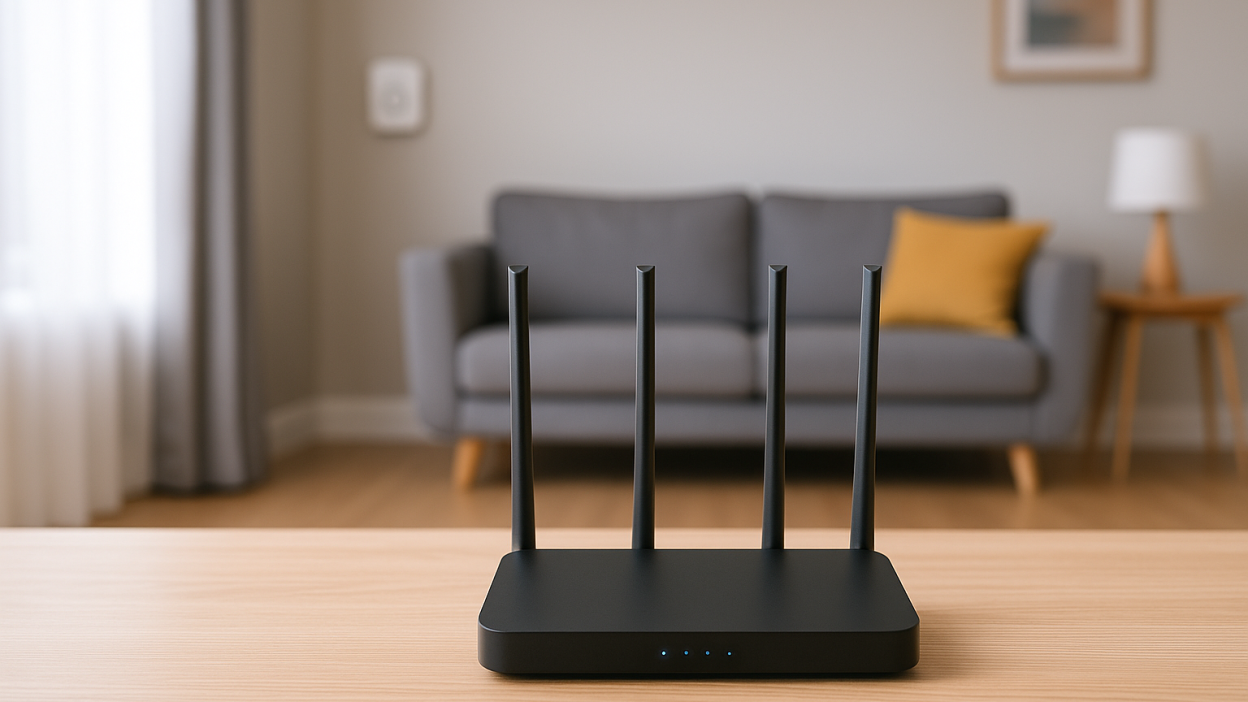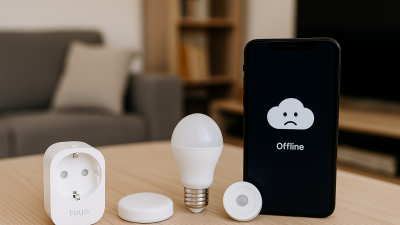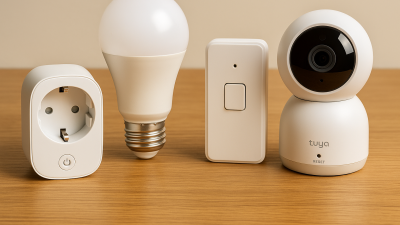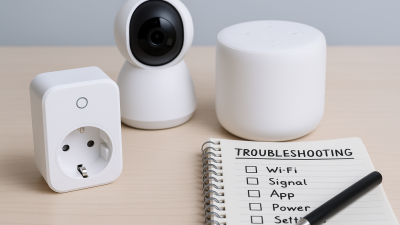Why Wi-Fi Is the Backbone of Your Smart Home
If you’ve ever found yourself wondering why your Tuya smart bulb is “offline again” or why automations don’t always work — chances are, your Wi-Fi is to blame. Unlike Bluetooth or Zigbee, Tuya Wi-Fi devices rely entirely on a stable internet connection to function properly. That means your network setup can either make or break your smart home experience.
Understanding How Tuya Devices Use Wi-Fi
Most Tuya smart devices (plugs, bulbs, switches, sensors) operate on 2.4 GHz Wi-Fi. While that frequency offers longer range, it’s more prone to interference. Here’s how they typically connect:
- Each device connects individually to your router — no mesh, no routing between devices like Zigbee
- They rely on your router’s DHCP to assign IPs
- If your router reboots, they may go offline unless properly handled
Translation? Your router needs to be solid, signal needs to be strong, and the settings need to be smart.
1. Move Your Router Strategically
Your router’s location matters. Tucking it in a corner cabinet behind the TV kills range. Instead:
- Place it at the center of your home (or where most smart devices are installed)
- Avoid walls, metal objects, and interference from microwaves or cordless phones
- Elevate it — don’t keep it on the floor
2. Use a Dedicated 2.4GHz SSID
Modern dual-band routers often auto-switch devices between 2.4GHz and 5GHz. But Tuya devices don’t support 5GHz — and that can cause headaches during setup.
Solution: Temporarily disable 5GHz during pairing or create a separate Wi-Fi network only for smart devices (e.g., “HomeSmart2G”).
3. Limit Device Overload on Your Router
Many consumer routers struggle when 20+ devices are connected simultaneously — which is easy to hit with a smart home. Signs of overload:
- Devices randomly drop offline
- Router UI becomes sluggish
- Some automations fail randomly
What to do:
- Upgrade to a router with better device support (check specs — some cap at 32 or 64 devices)
- Use a mesh Wi-Fi system (TP-Link Deco, ASUS AiMesh, etc.)
- Put less critical devices on a guest network
4. Assign Static IPs to Important Devices
Tuya devices rely on IP addresses to stay reachable. When the router restarts, it may assign a new IP, confusing the app or scenes.
Fix: In your router admin panel, assign a static IP to each Tuya device (or at least the key ones like thermostats or locks). This prevents connection loss after reboots.
5. Wi-Fi Extenders & Mesh Nodes: Good or Bad?
Wi-Fi extenders can help but may also introduce latency or network loops. They’re best used sparingly. Mesh networks (like TP-Link Deco, Google Nest Wi-Fi, Eero) offer seamless roaming and better load handling.
For Tuya devices:
- Place mesh nodes near device-heavy zones
- Use Ethernet backhaul if possible (for speed & stability)
- Give each node a clear line of sight if using wireless
6. Advanced: Separate VLAN or Access Point
If you’re an advanced user, consider setting up a separate VLAN or Wi-Fi SSID just for IoT. This not only improves performance but also adds security (isolates devices from your phone/laptop network).
Smart access points (e.g., Unifi, TP-Link Omada) let you fine-tune broadcast power, band steering, and traffic rules.
7. Reboot Your Router on Schedule
Yes — even routers get tired. Set a scheduled reboot once per week during night hours. Some routers support this natively; if not, use a smart plug to cut power and restore it automatically.
Real-Life Example
“I used to lose my hallway light every time I restarted the router. Once I assigned a static IP and moved the router closer to the ceiling (using a wall bracket), the issue disappeared completely.”
Conclusion
Smart homes rely on smart networks. If you’re using Tuya devices, don’t settle for weak Wi-Fi or default settings. With a few tweaks — better placement, smarter naming, and network planning — your home will feel faster, more reliable, and far less frustrating. And yes, your lights will finally stay online when you actually need them.



